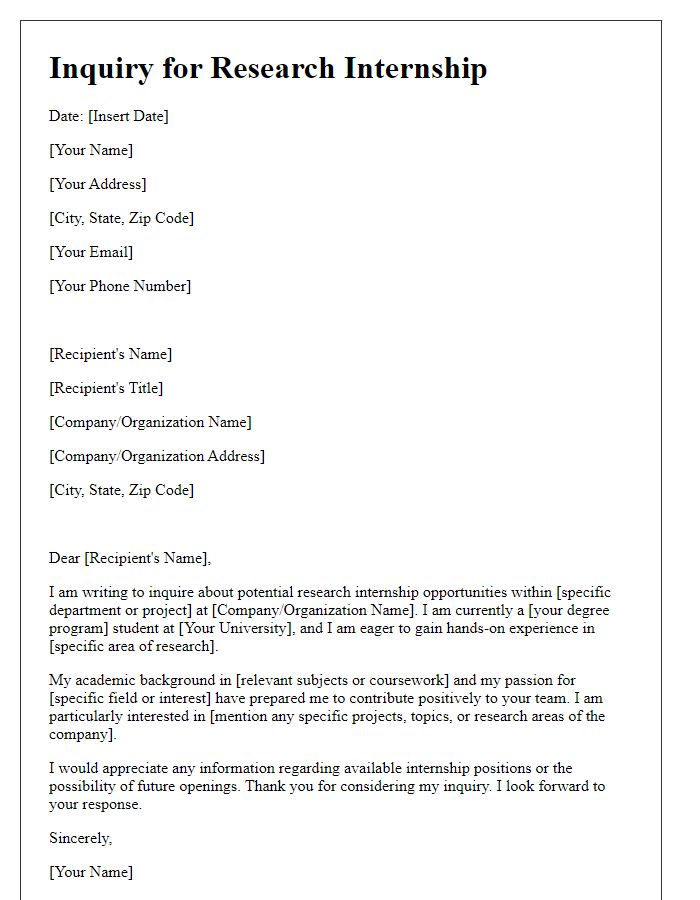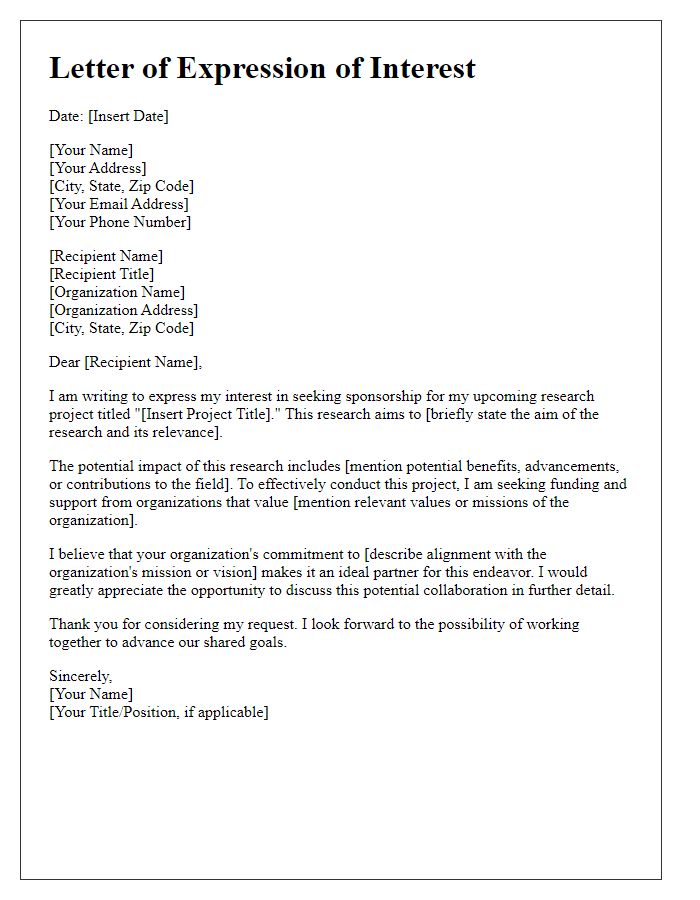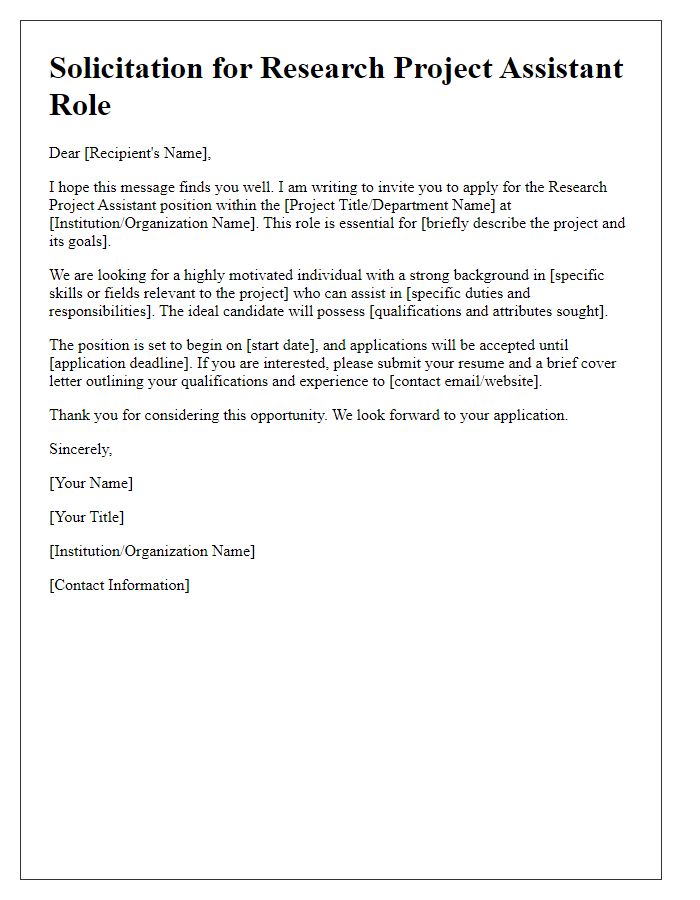Are you on the hunt for a research position but unsure how to express your interest? Crafting a compelling letter can make all the difference in grabbing a potential employer's attention. In this article, we'll explore a step-by-step template that outlines the essential components of your request, ensuring you effectively showcase your qualifications and enthusiasm. Ready to make your mark in the world of research? Let's dive in!

Professional Salutation
Professional communication strategies are vital when requesting a research position. Start with a formal salutation, addressing the recipient appropriately by their title and last name, for example, "Dear Dr. Smith." Follow by clearly stating your intent for the research position, mentioning the specific research project or lab based at a prominent institution like Harvard University. Include details on your academic background, such as a degree in neuroscience from Stanford University, and highlight relevant experience, like conducting experiments in a biochemistry lab. Ensure you express enthusiasm for contributing to groundbreaking research in the field.
Introduction and Purpose
The introduction to a request for a research position often highlights academic credentials and specific areas of interest related to the research lab or institution. Aspiring researchers usually emphasize their passion for a particular field, such as biochemistry or environmental science, while detailing their relevant experiences, such as internships or relevant coursework. Purpose clarifies objectives, such as gaining hands-on experience, contributing to ongoing projects, or collaborating with experts in the field. Research institutions, such as the Massachusetts Institute of Technology or Stanford University, often appreciate candidates who align their interests with ongoing research themes like climate change studies or advanced materials development, showcasing a clear understanding of the institution's mission.
Relevant Background and Qualifications
A research position often requires a strong foundation in scientific principles and methodologies. Candidates may possess relevant educational qualifications such as a Bachelor's degree in Biological Sciences from an accredited university or a Master's degree in Chemistry, emphasizing analytical techniques. Practical experience includes participation in projects that utilize laboratory equipment, like spectrophotometers or centrifuges, which provide hands-on skills essential for conducting experiments. Additionally, familiarity with software tools for data analysis, such as SPSS or R, enhances the ability to interpret research findings accurately. Essential soft skills include problem-solving abilities, critical thinking, and effective communication, which are vital when collaborating in multidisciplinary teams, such as those found in institutions like Harvard University or the National Institutes of Health.
Specific Research Interests
A research position focusing on cognitive neuroscience aims to explore brain functions related to cognitive processes, particularly memory and decision-making. Studies often involve using functional MRI (fMRI) techniques to analyze brain activity patterns in participants during various cognitive tasks. Research settings may range from esteemed institutions like Harvard University to innovative labs in emerging technology hubs like Silicon Valley. Investigating topics such as neural plasticity, the impact of aging on cognitive abilities, and the relationship between emotion and cognition can yield significant insights. Collaboration with interdisciplinary teams, including psychologists and data scientists, enhances the research scope, pushing boundaries in understanding human cognition.
Closing and Contact Information
A closing statement for a research position request should express gratitude and indicate enthusiasm for the opportunity. Include contact information that encompasses phone numbers, email addresses, and possibly LinkedIn profiles. This communicates professionalism and accessibility. For instance, stating "Thank you for considering my application" followed by "I look forward to discussing my qualifications further" creates an inviting conclusion. Then, presenting your full name, phone number (including area code), professional email address, and relevant social media profiles can ensure the receiver can easily reach you for follow-up conversations.
Letter Template For Requesting Research Position Samples
Letter template of introduction for a research collaboration opportunity













Comments